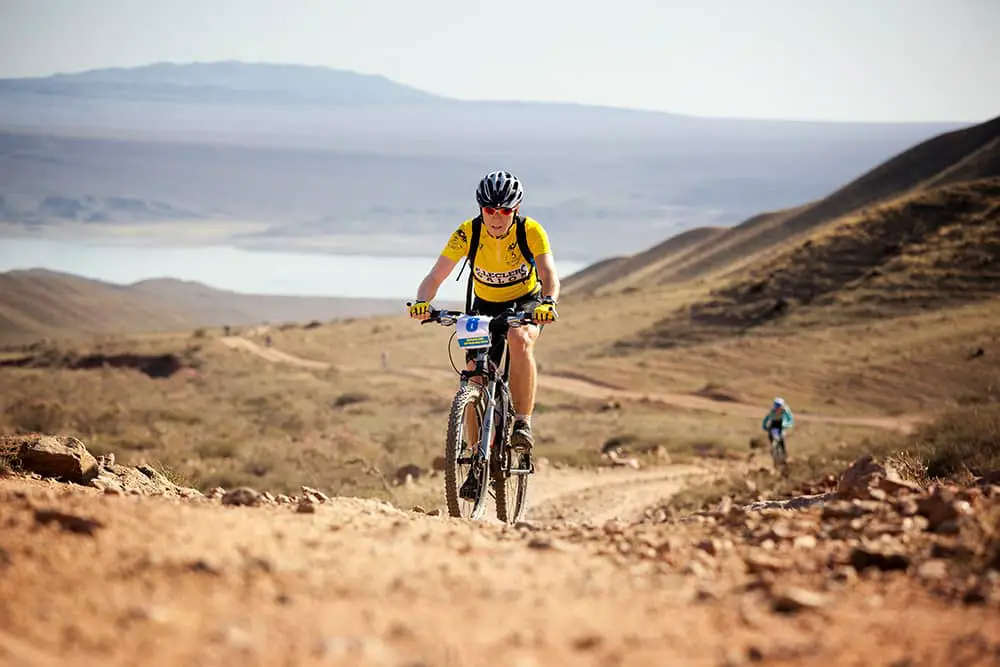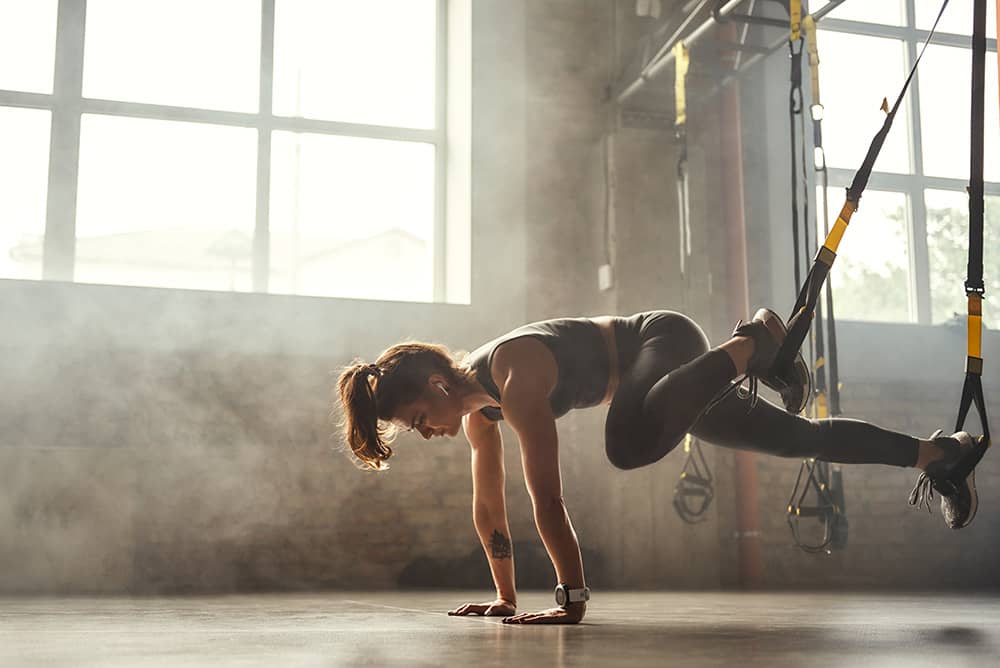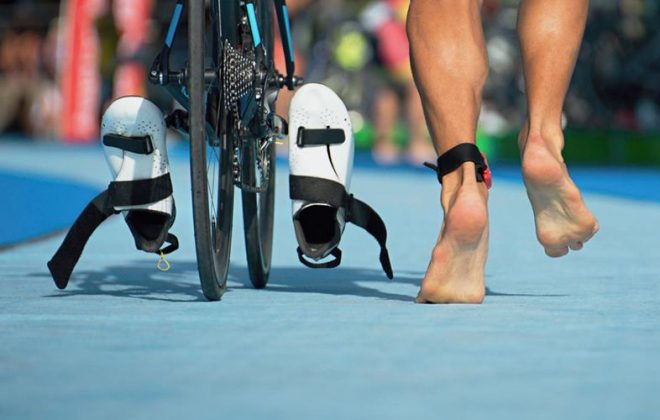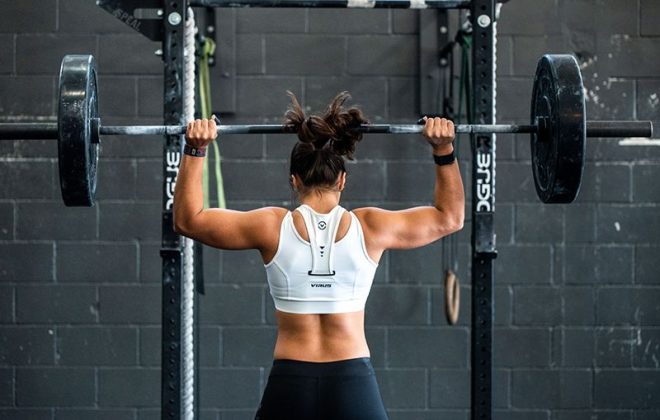MTB Training Tips – How To Get Strong In Mountain Bike Racing?
Over the years I’ve coached hundreds of athletes across various sports – running (both road and trail), triathlons, road cycling, kayaking and even superbike racing. But lately I realized that there are more and more people reaching out to me about MTB training plans.
Not sure if it’s my coaching that’s getting more popular or mountain bike racing as a sport. I hope both…
Either way, I realized I have no MTB training-specific post on my blog. And that is when almost everyone out there has a mountain bike at home or use one for cross-training. With all my running and triathlon training, I do enjoy riding a mountain bike just for fun. In fact, a few years ago with Kristine we even rode our mountain bikes from Nice to Monaco.
So, to all the MTB enthusiasts, in this post I’ll share some MTB training tips on how to optimize or self-create your training plan. All other athletes fear not. The training tips below are based on universal principles of exercise science and are applicable across all sports.

MTB Training – what does it take to become a strong rider
Mountain biking is an exciting sport and is accessible to athletes of all levels. All you need is a bike, really.
However, mountain bike racing is a different beast. Athletes training for an MTB race must prepare themselves for a grueling challenge. They need to build strength and endurance to power through steep hills and pace the race that can often takes multiple hours (even days, for stage races).
To add to the challenge, races are held primarily on off-road terrain. Which means that a mountain biker must be able to navigate rough terrain (often including rocks & roots) on both ascents and descents.
Being a strong rider requires a unique blend of skills and capabilities from an athlete.
When we think of MTB training plan for the purpose of becoming an all-around strong rider, it stands on 4 key pillars:
- Strength & mobility
- Aerobic base
- Power & threshold
- Technical skills


Base strength & mobility
As with any physical activity, strong muscles and mobile joints result in better efficiency. For MTB training this is particularly important, as many riders suffer from knee pains caused by significant force applied to the cranks (particularly on ascents).
A way to prevent that knee pain (and build a solid foundation for further training) is to include consistent exercises focused on improving mobility and strength of the stabilizing muscles. That can be as simple as doing a thorough joint warmup and activation exercises before every session, as well as including base strength session every week.

The Resilient Athlete
A Self-Coaching Guide to Next Level Performance in Sports & Life
Are you aiming to become a resilient athlete who is able to withstand any pressure? Be able to jump on any opportunity? Take any challenge life throws at you head on?
Then this book is for you.
Learn moreAerobic base
As much as riding uphill is very power-dominant (lots of force to be applied on the cranks), any MTB event is largely aerobic. Even a 30-minute all-out race is only ~50% anaerobic (body operates without oxygen). So, athletes will benefit a lot from doing lots of easy aerobic training. In particular, it will result in ability to ride longer and faster at an easier effort, as well as recover quicker from intense climbs & efforts.
Developing aerobic base helps MTB riders to tolerate more higher intensity training and, therefore, improve more.
I’ve shared the process & benefits of building your aerobic base in this post already. But to sum it up, you can start by including an easy long ride (2+ hours in Zones 1 – 2) every week, as well as a tempo ride (Zone 3) to improve the aerobic base. Throughout the base period remaining sessions can be short and easy (<1hr in Zone 2).
Read also: Heart Rate Training Zones – Complete Guide To Endurance Gains
Only after investing a significant amount of time into base training, it makes sense to add intensity into your training. Significant amount will vary from athlete to athlete, depending on the background, but usually ~20 consistent hours of aerobic training is the point after which first effects can be seen. Or until the point when you feel overall strong, have no joint pain and able to go for an easy 2, 3 or even 4 hour ride.
Power & threshold
The reason for such progression is that by developing aerobic base first you’ll be able to process much more training load at high intensity and improve more (without injuries, of course) later in the season.
That is because mitochondria which grow in the muscle cells in response to low intensity training utilize the H+ ions which are generated during high intensity training. More mitochondria = better processing of fatigue. For comparison, if you start doing hard uphill intervals at the beginning of the program, you might only be able to do a few of them (or at much lower intensity) and get tired quickly. That is because the body is not efficient at processing fatigue yet.
Improving power & threshold directly translates into mountain bike racing performance.
The more power the athlete can produce (both maximum and over a specific time period), the easier the race effort will feel (better muscle economy). And the higher the lactate threshold, the better athletes are able to resist muscle fatigue and, therefore, handle hard parts of the race (i.e. hills).
All of this is trained with higher intensity. Either with moderate intervals at low cadence (under 70rpm), hard threshold intervals (i.e. FTP-building 3x10min types of sessions) or by means of functional strength work in the gym simulating the demands of a race. But not the traditional muscle-building 3 sets of 10.
Read also: 12 Effective Strength Building Workouts For Any Experience Level
Technical skills
Finally, any athlete who wants to be good at a certain event besides general aerobic and strength preparation need to specialize their training towards the goal event. For marathon runners that is running long at marathon pace, for triathletes that’s multisport (or brick-and-transition) training for swimmers that’s a lot of repetitions.
In an MTB training plan, specialization means riding uphill and going down technical terrains while stabilizing yourself. To do that an athlete needs good bike handling skills (developed through riding challenging routes), as well as ability to brace yourself (developed through ‘core control’ types of sessions).

Universal session in a MTB training plan to become a strong rider
As you can see, principles behind exercise science are the same across all sports. But it’s how you apply those principles towards your specific sports that makes the difference.
Below I’ll share a training session that will make you an all-around better MTB rider. Do this session on rolling hills, ideally on a technical terrain (i.e. in the forest).
Start by doing a proper joint warm-up followed by 5-10min of activation exercises aimed at the lower body. Then, the protocol is as follows:
- 15-minute easy ride (building to top of Zone 2)
- 8 x 30 seconds hard uphill (Zone 4) followed by ~1:30-minute easy spin down.
- 7 minutes easy ride (Zone 2)
- 12 minutes of ‘over-unders’ – alternating between two minutes in Zone 4 and two minutes in Zone 3
- 10-minute easy spin to cool down (Zone 1)
This will be a solid session and can be done in under an hour. If that becomes easy, add additional block (or two) of ‘over-unders’.
Have an opinion? Share via links below and tag @theathleteblog
Tags In
Andrejs
GET A FREE TRAINING PLAN
Subscribe to my email list and get access to a free 4-week “back in shape” training plan
You’ll also get two full-body strength sessions and some other goodies!

How did I get here?
Hey there! My name is Andrejs and I am here to inspire, entertain and get you fit for any adventure.
I went from being an over trained pro athlete to an endurance coach sharing how to listen to your body and live life to the fullest.
Traveling, new sports & activities brought new meaning to my training and made it much more effective, fun and enjoyable. And I'm here to help you do the same.


